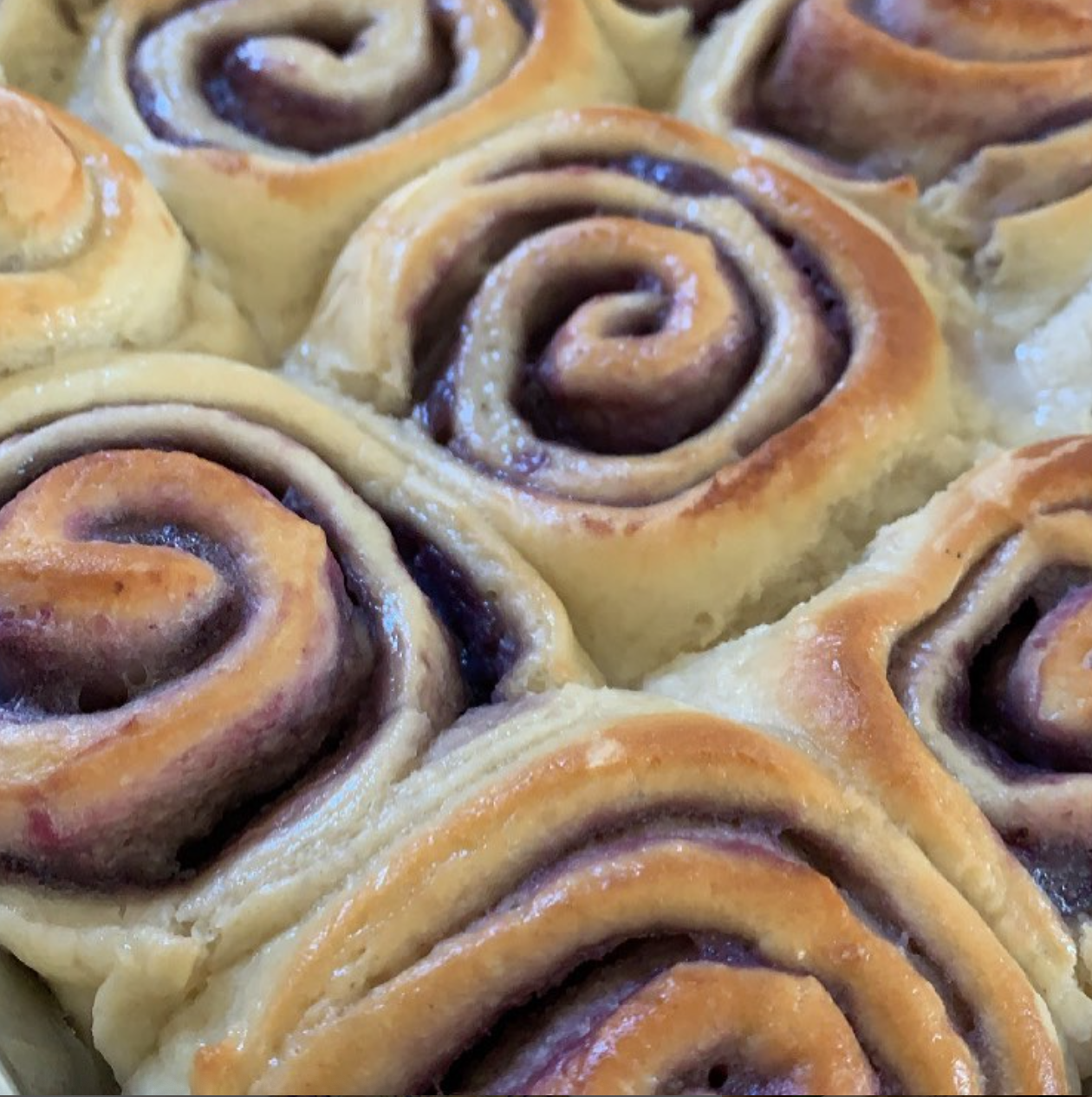The Best of Both Islands: Celebrating Samoan and Filipino fusion with Taloa’s Bakery
In gearing up for YUM YAMS, our very own Ube Festival in SOMA Pilipinas, we knew we wanted to spotlight one of our vendors. While we wish we could spotlight them all, it was a no-brainer to spend some time with Taloa’s Bakery. Over the years, they’ve made their way through the Kultivate Labs programs that they essentially feel like part of the family. From being a vendor at various Kapwa Gardens events to leading a cooking demo at Balay Kreative studios, we’ve been incredibly lucky to witness, and be a space for, the bakery’s ever-evolving growth.
Before you go to YUM YAMS, check out our interview below with Mariah Taloa, the founder of Taloa’s Bakery, where we chat about the bakery’s origins, her baking process, and sharing her Polynesian and Filipino roots to the world.
What is Taloa’s Bakery? How would you describe it to a new customer?
I would describe Taloa’s Bakery as a fusion - Samoan and Filipino fusion specifically. And what we’re trying to do is represent both cultures and also incorporate both flavors from the best of both islands in our baked desserts and our savory desserts which are coming soon.
What made you decide to start Taloa’s Bakery?
[It was] my passion for the food industry. My experience going to Le Cordon Bleu and also working in San Francisco with Slanted Door and then also as a prep cook with Ici Ice Cream in Berkeley. I really liked being able to create something from nothing and especially with the ingredients - [they were] very specific to both cultures, so I just felt why not? And now it’s a big hit (Laughs).
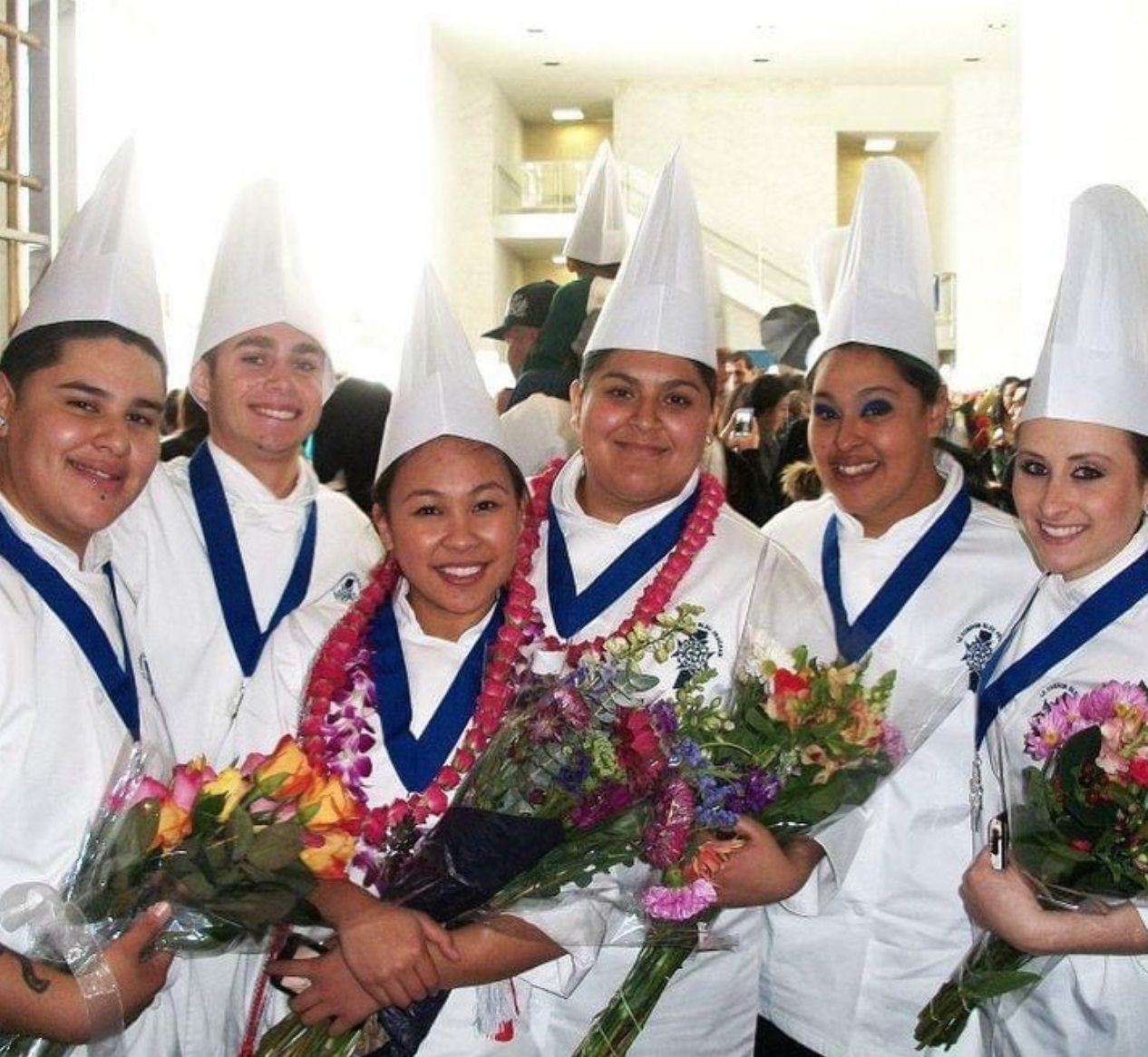
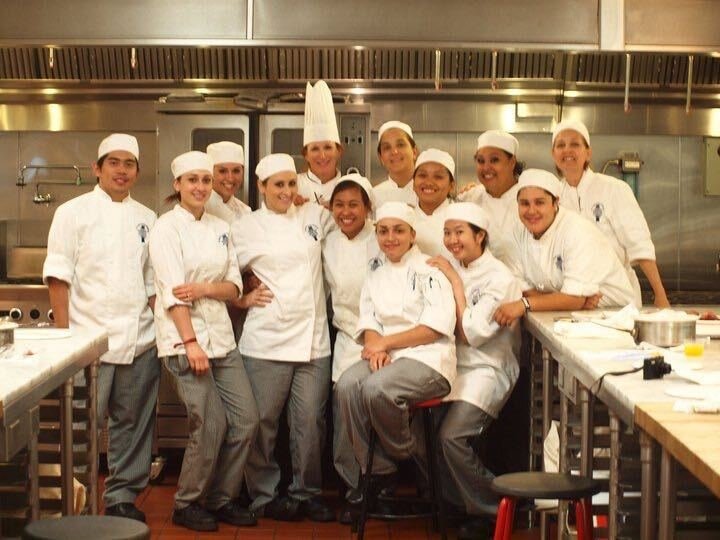
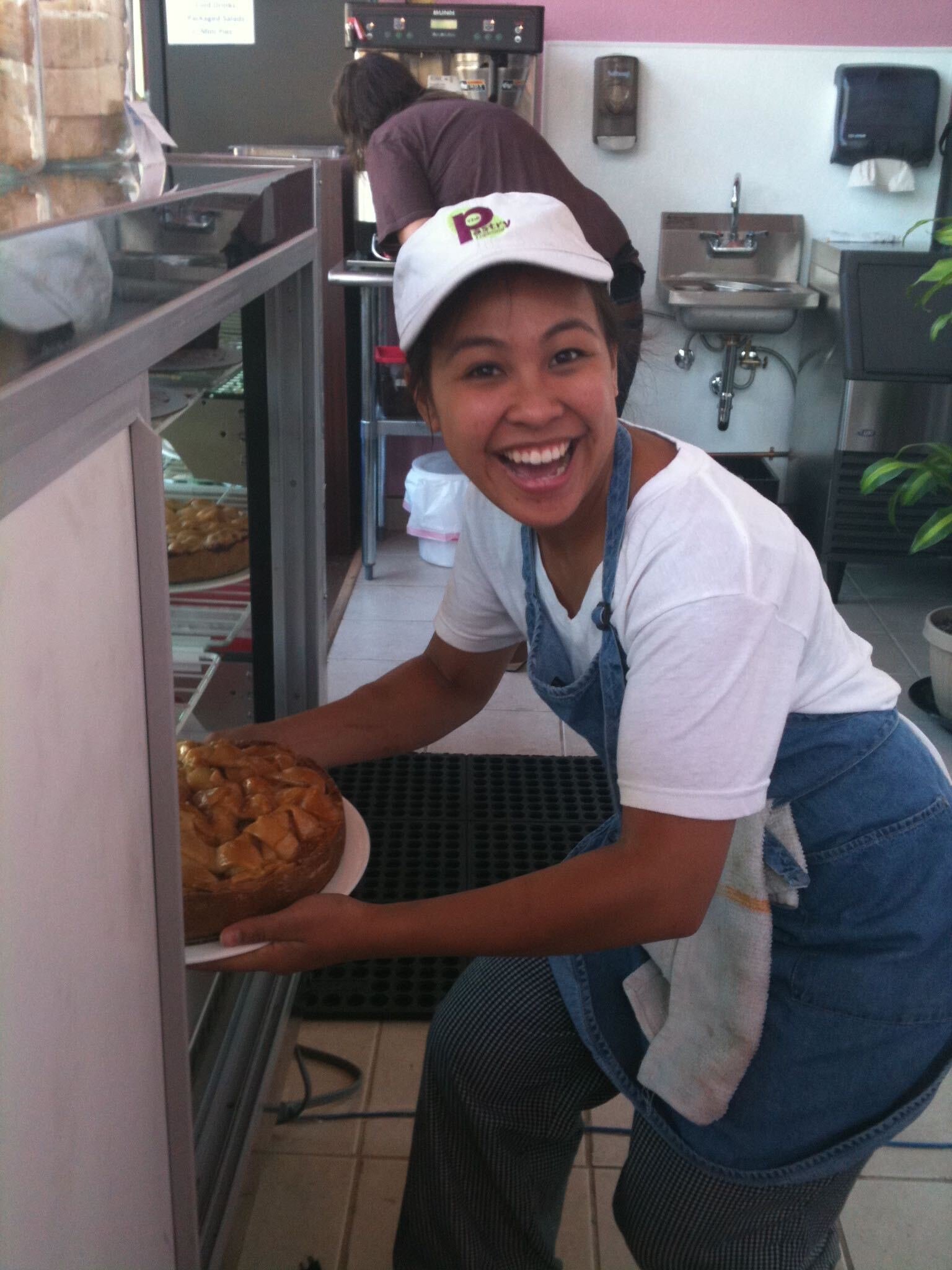



“What we’re trying to do is represent both [Filipino & Samoan] cultures and incorporate both flavors from the best of both islands in our baked desserts and our savory desserts”
What was the first pastry that you made for the bakery?
The first pastry we made was our ube panipopo. They’re both Samoan and Filipino. The ube part is the Filipino part, and the panipopo part is Samoan. So panipopo is just a dough, visually it’s like a Hawaiian roll, and then we bake a sweet coconut sauce. And so I combined the two - ube and panipopo - and then right from the start it was a big hit.
Taloa Bakery’s “ube panipopo”.
What makes ube such a special ingredient?
I feel that ube is such a special ingredient just because it can be used… well mostly it’s been used in a lot of desserts, because it’s sweet. It’s a sweet purple yam but what I have seen are people using it in savory [dishes], so I feel like it’s very versatile now these days because you can use it as a creative medium for whatever food item you want to create.
What are common misconceptions about ube?
The common misconception about ube is that it’s confused with taro.
So as you can see, I’m wearing a t-shirt [that says]: “Ube is Not Taro”. This t-shirt is actually in collaboration with MNLD Hawaii and HellaHaloSac. And so we just wanted to show the difference between taro and ube. Being half-Samoan and half-Filipino, I grew up eating taro and ube, so I knew growing up the difference of what they were. A lot of people think they’re the same, but they aren't. On my Instagram, I created a venn diagram about the differences and the similarities.
I’d say the similarities between ube and taro is that they come from the root family. As for differences, ube is more sweet, visually it literally looks like a yam. Like you can confuse it with a sweet potato yam. For taro, it’s like this big gourd of a root. And then when you cut ube, it has this really bright purple color, and for taro it has a really light color with tiny specks inside of it.
“I feel like [ube] is very versatile now these days because you can use it as a creative medium for whatever food item you want to create. “
Can you describe what Filimoas are? Why do you think your Filimoas have resonated with so many people?
As for what Filimoas are: inside there is a Samoan shortbread cookie called masi. Then I toast coconut flakes and mix it in with a homemade soft caramel and then as you can see [brings up bag of Filimoas], the purple part we use Ghiradelli white chocolate and then we melt it with the ube extract so then we dip and then drizzle them. And that’s what makes up our Filimoas.
I feel like Filimoas really resonate with people because people love Samoas - the Girl Scout Cookies. So again, with being half-Samoan and half-Filipino, I felt that this would be a great opportunity to combine the play on words - Filimoas.
What’s your process when making a new treat? Where do you start from?
Our process when we make a new treat would be testing out a recipe. There’s a lot of trial and error when it comes to testing out new recipes, especially when you have a fusion. Like with the Panipopo, we first started off with a cinnamon dough. So there was a lot of testing out, especially with the ube. There’s a lot of tasting that goes to it.
[So] the first process would be trying out the recipe, and then testing it out. Testing at our pop-up events, our orders and deliveries, and then just getting feedback from our customers, saying if it was too sweet or how packaging was - packaging is really important! I didn’t realize how important it was to some people. So we get a lot of feedback from our customers and from there we adjust.
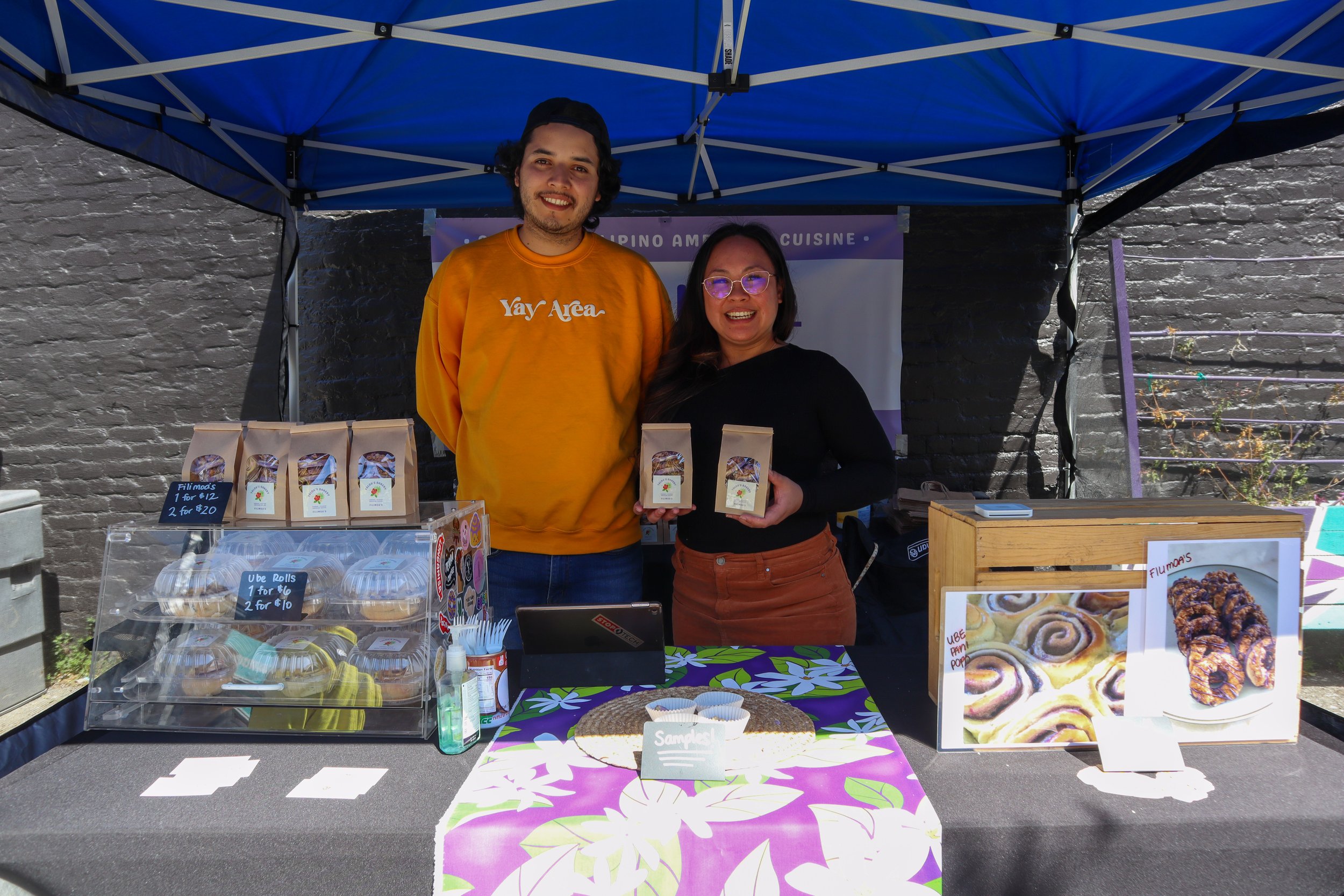

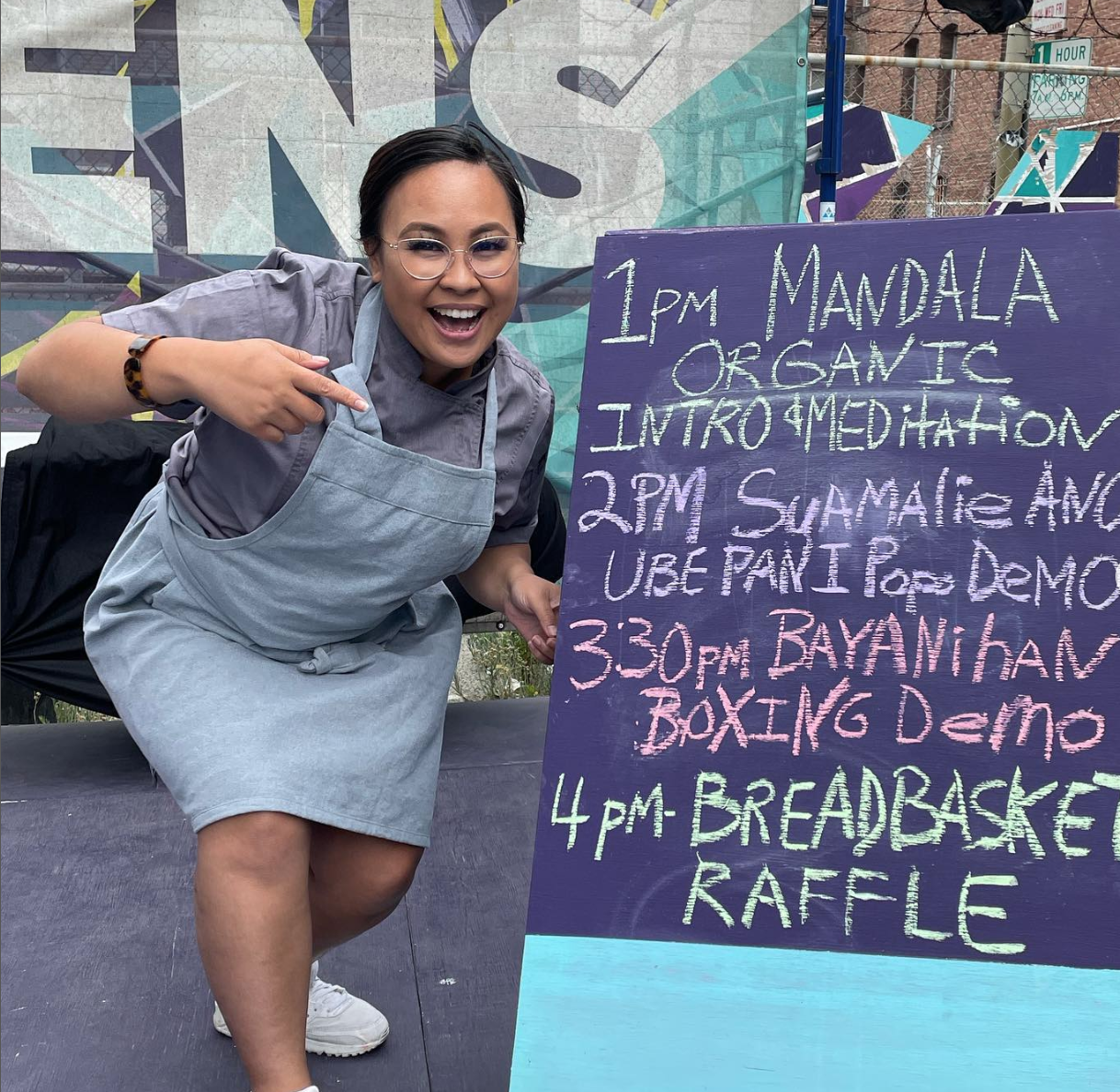
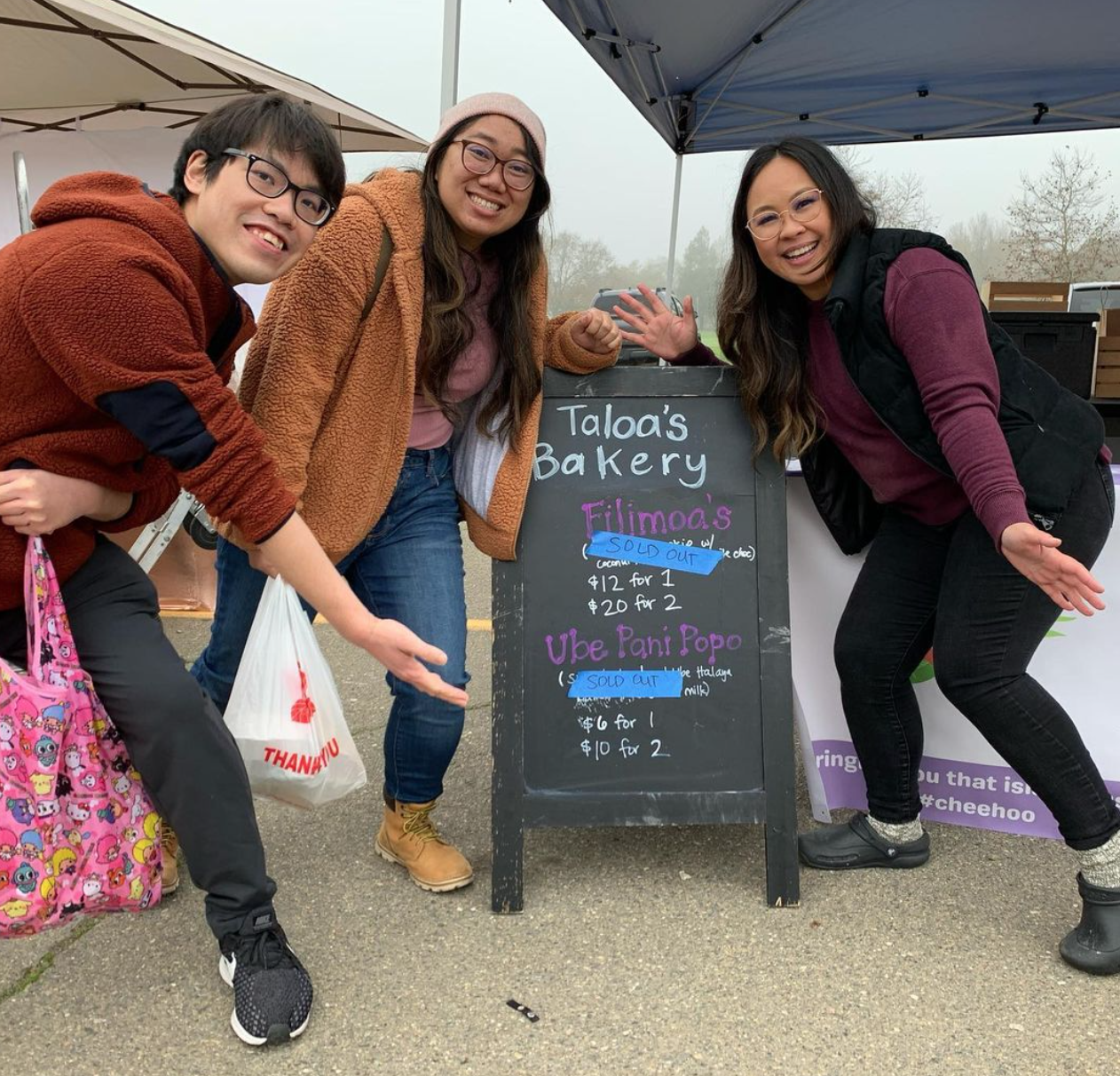
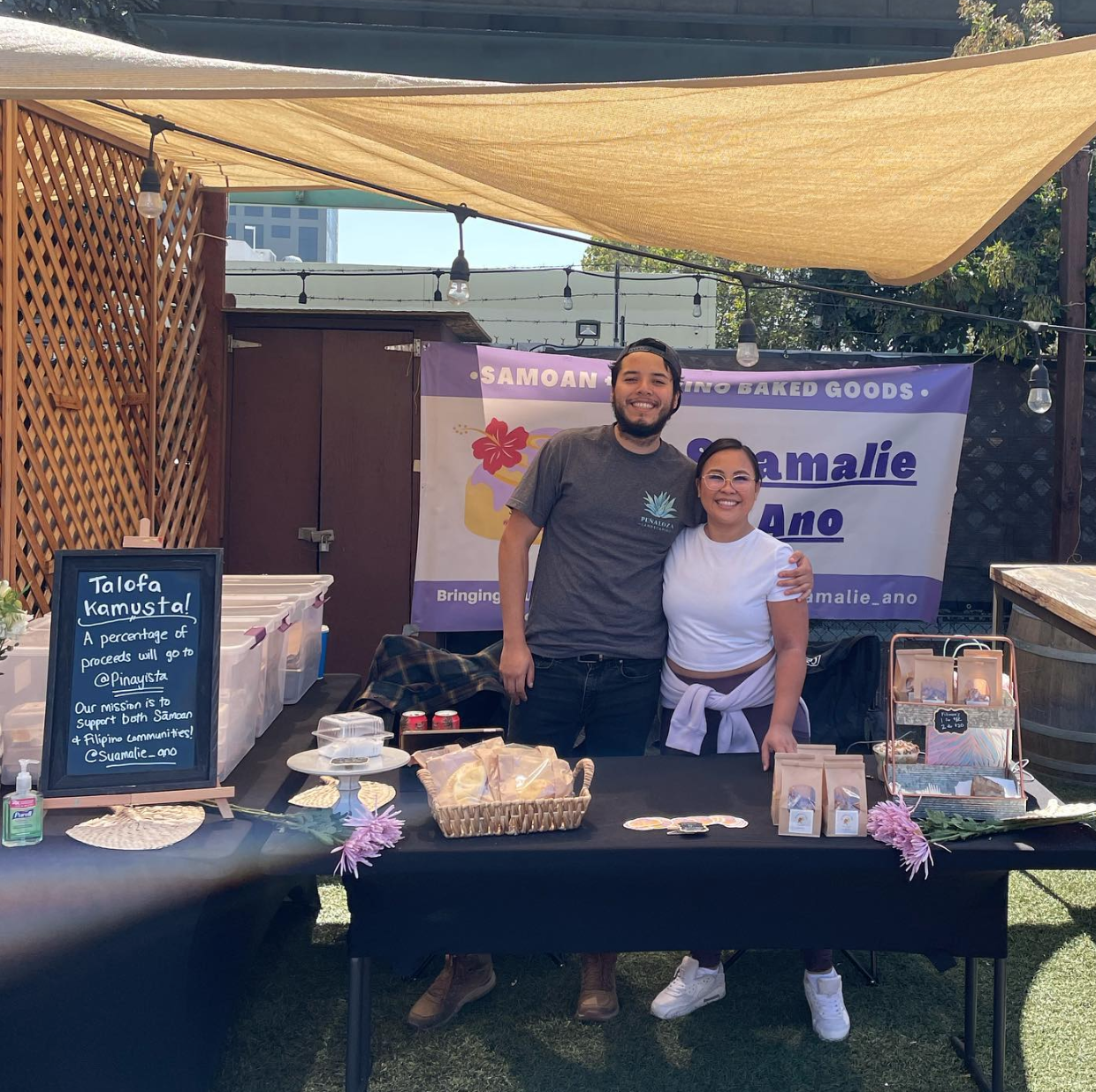
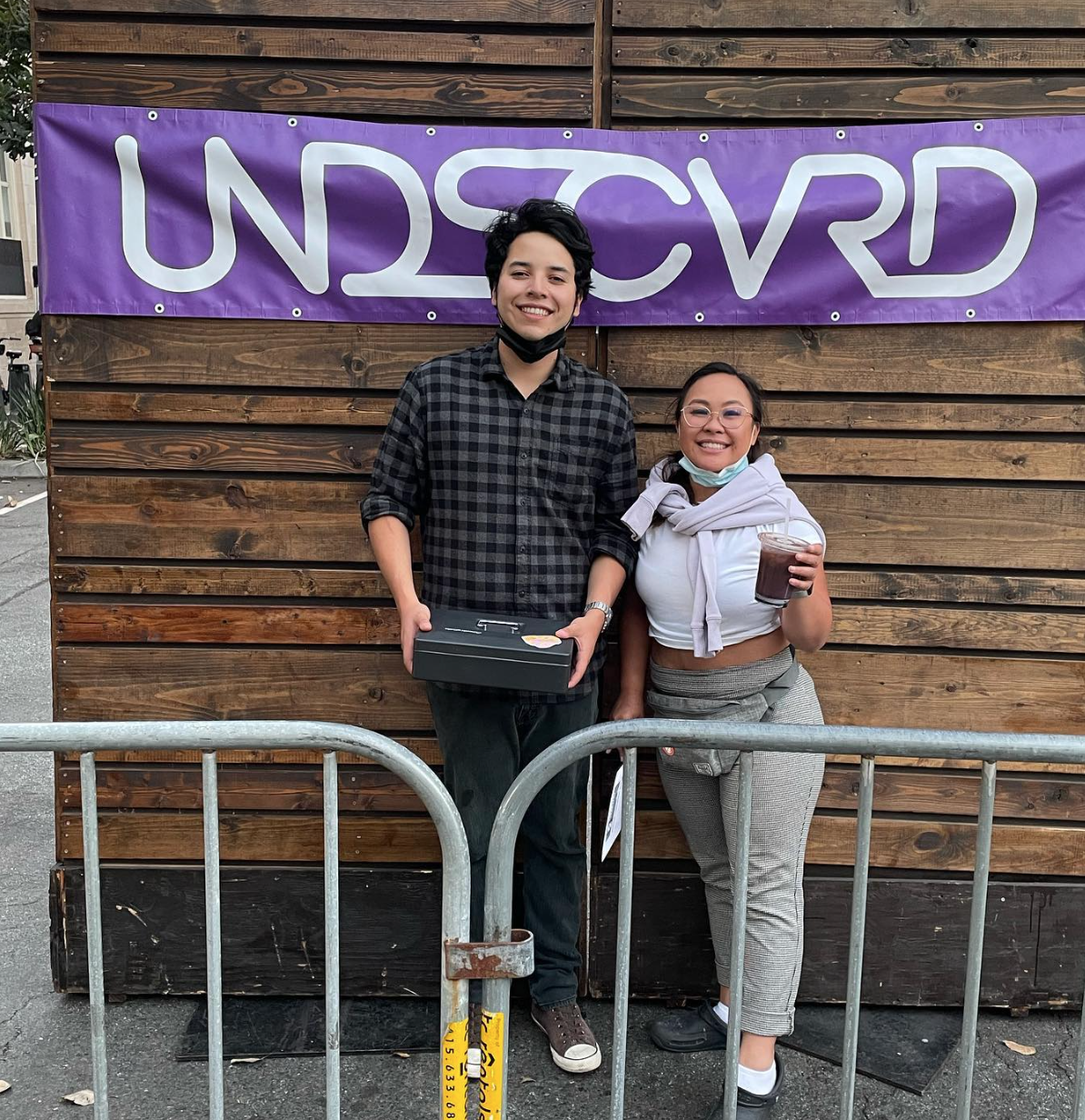
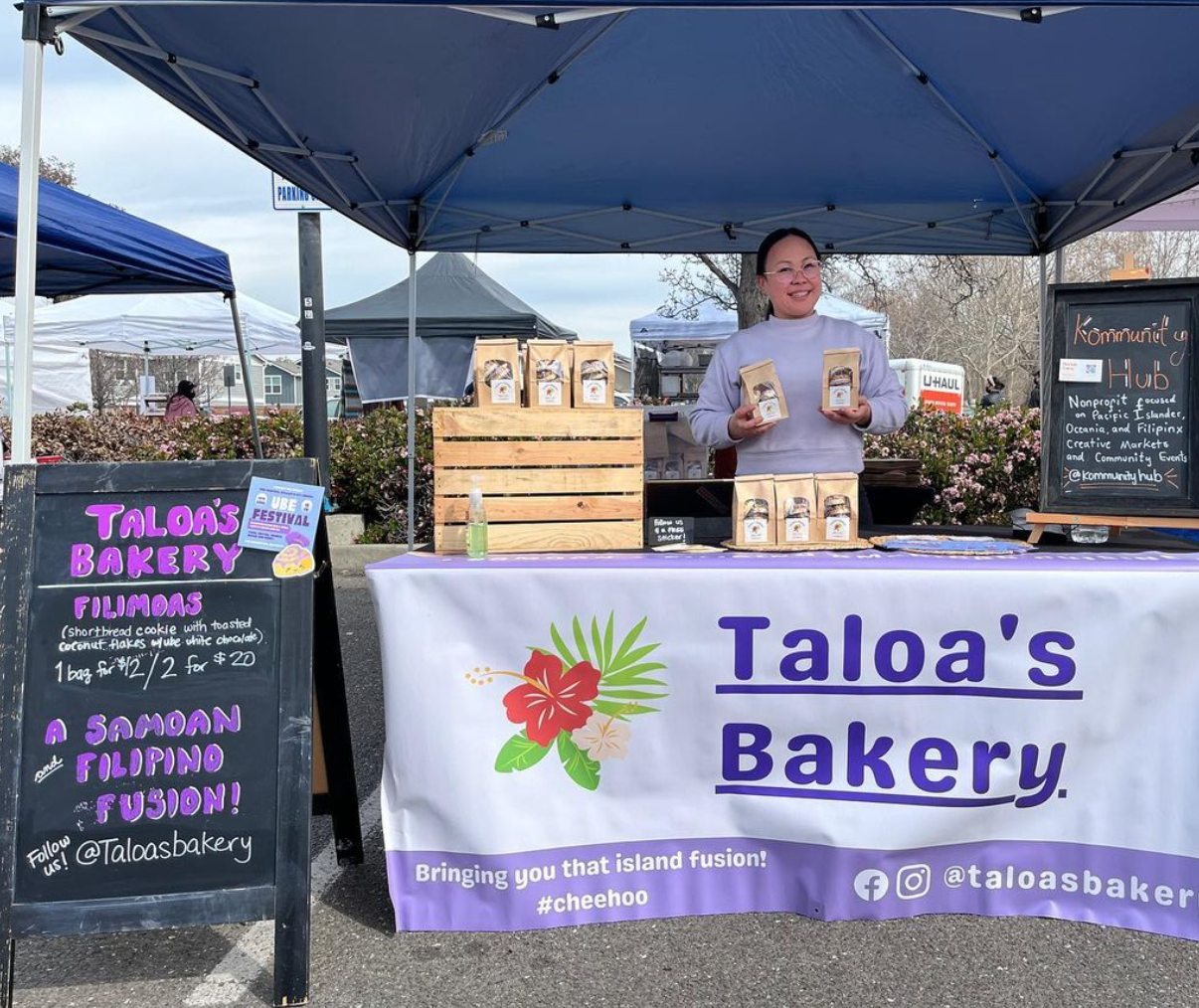
“Inside there is a Samoan shortbread cookie called masi. Then I toast coconut flakes and mix it in with a homemade soft caramel. [For] the purple part, we use Ghiradelli white chocolate, and we melt it with the ube extract. Then we dip and drizzle them. That’s what makes up our Filimoas.”
What makes you excited about this upcoming Yum Yams?
What I’m looking forward to and what I’m most excited about is the expansion of Yum Yams. We had a lot of good vendors last year and this year I heard that it’s gonna be bigger and better than ever.
What do you envision for the future of Taloa’s Bakery?
What I envision for Taloa’s Bakery is expanding. Really representing the Polynesian community and also our Filipino community as well. We want to open up a brick and mortar, sometime in the beginning of next year. [Then] continuing to do more pop-up events as well, and we hope to manufacture our products soon, like our Filimoas, Ube Panipopo, and our Taro Cheesecake bars.
Want to try Taloa Bakery’s treats? Get your tickets to YUM YAMS now!
Follow Taloa’s Bakery and order some yummy Samoan-Filipino treats on their website.
Be sure to also check out Kommunity Hub, a creative market serving the Pacific Islander, Oceania, and Filipinx communities within the Central Valley, founded by Mariah Taloa herself.



